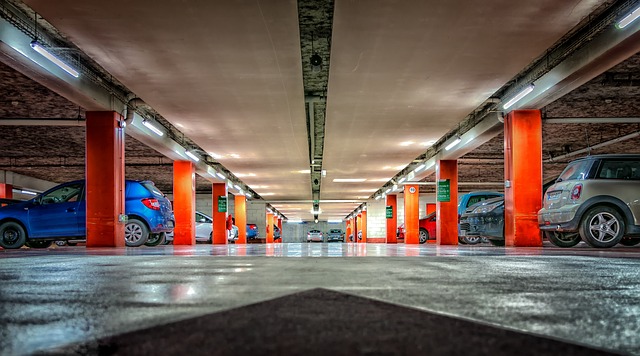In December 2018, San Francisco became the largest U.S. city to eliminate parking requirements for new buildings, including new residential buildings. In other words, developers can now design and build multi-story, multi-unit buildings without any on-site (i.e., off-street) parking. Since then, several new buildings have been approved, designed, constructed, and are under construction without a single parking space. And even though I currently do not own a car and use my bike, plus public transit and the occasional taxi, I was surprised to see the plans for these new buildings without the typical underground parking structures. It wasn’t easy to imagine a new building without parking since I have been a licensed civil engineer for some time now. Everything I have ever designed, including residential, commercial, or industrial facilities, had a minimum of parking spaces.

The elimination of parking frees up much-needed space that can be used for housing. And even though it does pose challenges for some, the alternative would be to have fewer residential units and increase the number of cars on the road. The latter idea is that “if you don’t build it, they will not come.” Instead, they bring more vehicles, which many residents will have to accept and either live without cars or try to find the “unicorn” known as on-street parking. In any event, it is still too soon to understand and gauge the effects of this new policy. However, it is safe to assume that we will all have to be more resourceful and re-think our relationship with our vehicles.
Oddly enough, the city’s requirement for bike storage has been set at one bike space per dwelling. In other words, a studio, a one-bedroom, a two-bedroom, or a three-bedroom apartment gets one space each. And although I can understand the logic behind having one bike space per studio, it is unclear why a three-bedroom apartment would only have one bike parking space. In any event, this policy might change, as well as others, such as transit availability and dependability as the no-parking policy spreads, and we need to become more creative.
Those of us in the AEC (architecture-engineering-construction) field should consider the challenges and opportunities this new design approach will have on our communities and help make them work better. As I mentioned earlier, bike spaces are still required, albeit in modest amounts. Therefore, one approach for us might be to determine how our stakeholders/end users plan to mitigate not having a place for their cars on-site and address those options in our design. We may need to add more bike storage spaces, which several architects are already doing, or adding scooter charging stations in the basement, and incorporate the use of public transit into our designs, such as through project site selection or by actively lobbying for more transit service for new residents. But whatever we do, we can use this new policy to improve our communities.
